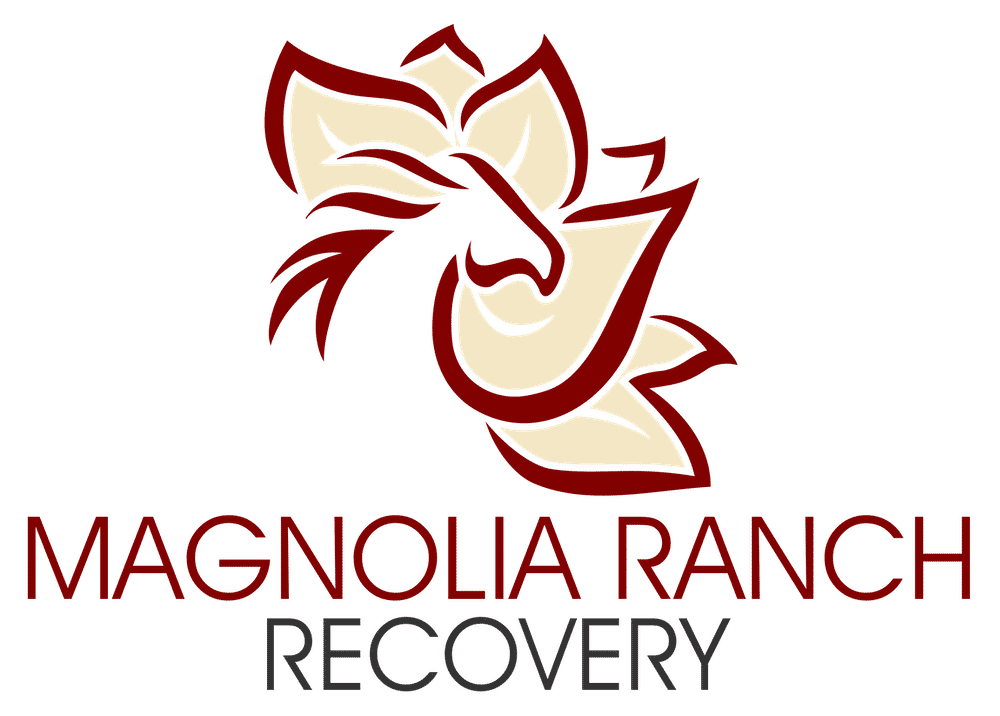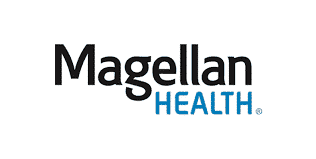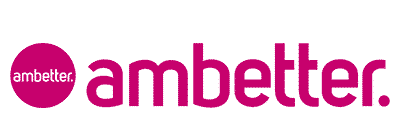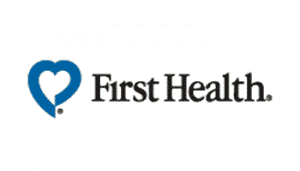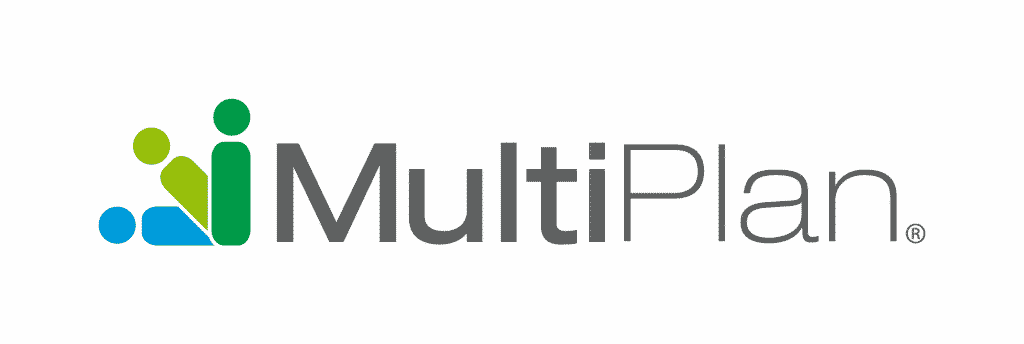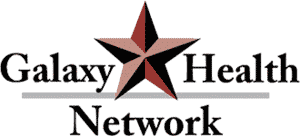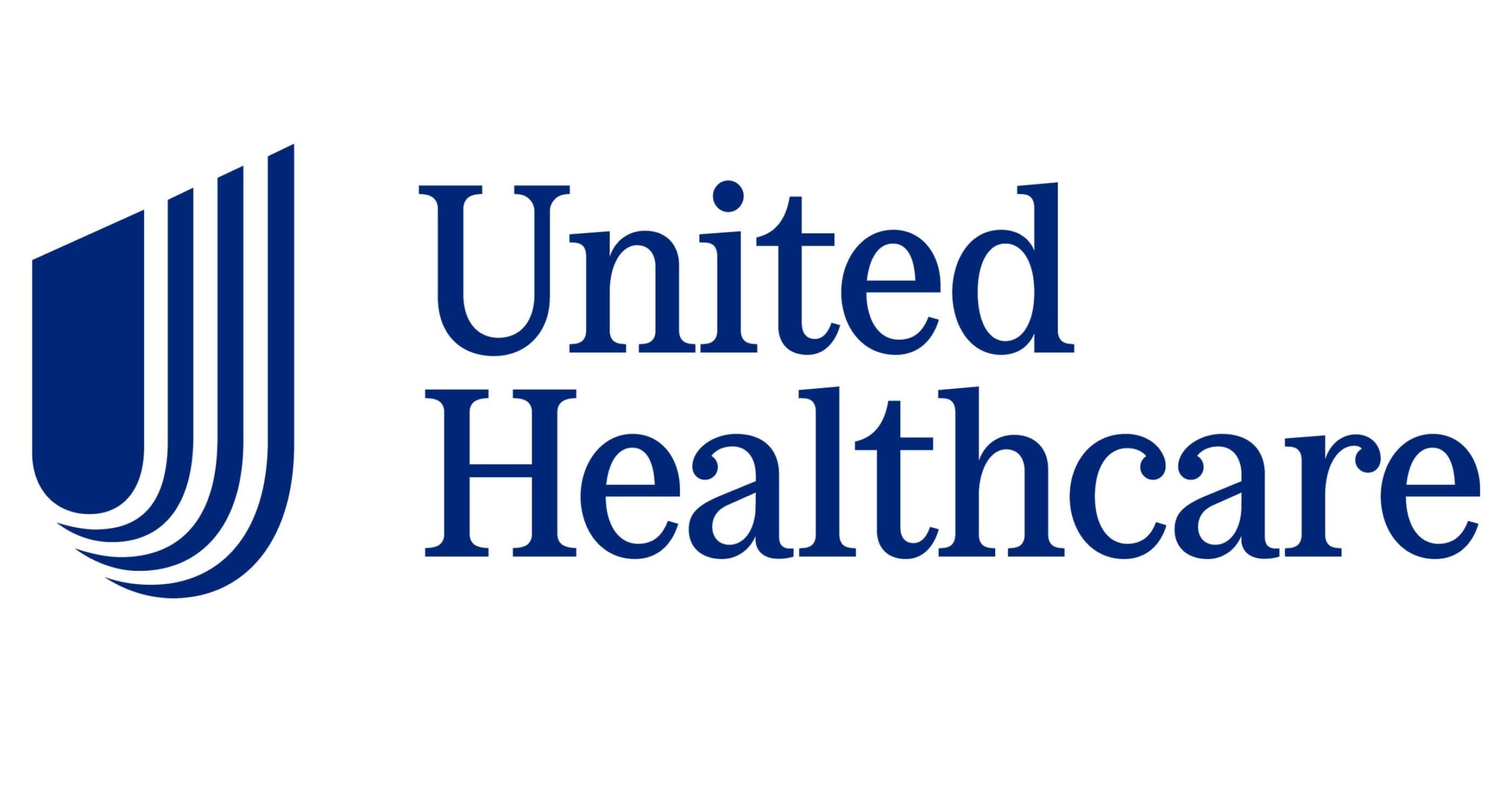Treatment FAQs
Here, your program of recovery starts and ends when you need it to. We offer varying lengths of stay at Magnolia Ranch Recovery. Access to step-down opportunities at each phase of the recovery process are available to enable every resident the flexibility to reach their recovery goals at their own pace.
Our trained and licensed staff will collectively review each client’s case and assess what treatment program is right for them. However, we recommend residential treatment as an essential first step.
No – we introduce our residents to the 12-steps and educate them on the basics while ultimately allowing them to decide which route of recovery they feel most comfortable taking. However, because 12-step programs, such as Alcoholics Anonymous, have proven hugely successful, we bring outside 12-step meetings to the facility throughout the week.
When packing for treatment, pack with discretion. You will need comfortable clothing and little else. Here is a list of several things you may not want to leave without:
- A photo ID
- Medical insurance cards
- A list of all medications, including dosages and all medicinal allergies
- Enough comfortable clothing and shoes to last you one week
Detox
During the detoxification period in rehab, clients undergo a physical cleansing of the body to rid it of the initial toxins present due to usage, or what’s known as withdrawal. Any detox should be administered by a licensed medical team with 100% supervision, as detoxing on one’s own can be deadly. Medications are meticulously administered to allow for comfortable and restful detoxification, eliminating painful withdrawal symptoms. Typically, clients spend anywhere from 4 to 7 days in detox on average. During this phase, clients are typically not permitted off-premises and are given all necessities within the detox facility, including all meals, toiletries, and the comforts of home.
Residential Rehab
After detox, clients enter the “residential” portion of rehabilitation, where they are supervised at all times of the day while also attending a full schedule of group and individual therapy. During this phase, residents uncover the underlying reasons for their addiction and participate in character rebuilding exercises. All meals are provided for residents and residents can attend on-site 12-step group meetings.
Intensive Outpatient (IOP) and Outpatient (OP)
After completing residential treatment, clients are stepped down to an outpatient level of care, where they complete anywhere from 1 hour to 9 hours a week of treatment programming. Clients have the option to live at home or live in structured, sober community housing while simultaneously pursuing a job, education, or getting back to a regular schedule. Clients also meet with their individual therapist for 1 hour a week to continue with their treatment growth.
It’s important to understand that rehabs do not promise recovery from substance abuse and addiction. Rather, they provide a safe environment where someone, who is fully willing and ready to get sober, can come to learn what it is that’s causing their addiction and how to treat it. Recovery is a process that addicts deal with every single day, regardless of whether they have been sober for 30 days or 30 years. A secure and safe rehab facility is often the first and only space most addicts can go to stop using and start learning how to live in recovery.
Rehab vs. Recovery
Rehab provides a foundation for quitting addictive patterns and offers tools to help prevent a relapse. Furthermore, it introduces the recovery community to the addict and offers a therapeutic model to work from that is individually designed.
Recovery is the act of living, one day at a time, in sobriety. This typically consists of attending regular 12-step meetings and growing a community of sober support to maintain long-term recovery. Many choose to add in therapeutic activities, such as meditation, yoga, or other
Relapse is not necessarily a part of the rehab process, but it is often a reality. That is why reinforcing methods of prevention, continued communication, and tools for relapse are so important to use should this happen. Without the teachings, support, and therapy offered in a rehab program, addicts might never recover from their addiction. Rehab, therefore, is a part of the recovery process which helps you recover even when relapse happens.
A significant amount of people who attend rehab do so again at some point. The first thing you can do if you relapse and feel threatened by your circumstance is to call the rehab you went to and find out if they have availability so that you or a loved one can maneuver back into a safe environment.
Rehab costs can vary tremendously depending on what track is best suited for you. The good thing is that if you have insurance coverage, there are plenty of opportunities for you to seek treatment- from a minimum of 2 hours a week to a 24-hour supervised program.
Your insurance will cover a significant portion of the stay. To find out more about the cost, call our admissions counselors for a thorough analysis at 888-992-7955.
If your insurance plan does not cover the cost of rehab, you can discuss other payment options with our admissions counselors. There are various scholarship and grant opportunities available through SAMHSA. Visit their website to learn more: www.samhsa.gov/grants.
Many clients benefit exponentially from going to rehab outside of their home state as triggers and opportunities to leave treatment are higher the closer to the home you are. Also, we have found our clients enjoy a new environment, offering new people and activities that help them associate their recovery to a certain place and time. This change of scenery also allows many residents the opportunity to build a new sober life somewhere they finally feel safe.
If you need inpatient rehabilitation, you may likely lose your job if you don’t get help. Regardless, all employers usually offer treatment, which simultaneously protects the employee from being let go due to personal needs. The agreed-upon belief is that if an employee is seeking help, then they are taking steps to improve on their role for the company.
Here are some options:
Employee Assistance Programs
You may self-enroll in an EAP, where you contact your corporate EAP counselor who can tell you if Magnolia Ranch is a partner with their program offerings. In this way, your supervisor is not made aware of your reasoning for taking a leave of absence. If a supervisor themselves refers you to an EAP, then they may be part of the recovery process.
Family and Medical Leave Act
Check out the coverage in your employer’s FMLA, which details a certain number of unpaid leave days you may take due to personal issues. Some offer up to 12 weeks of unpaid leave.
Vacation Time
If you’re worried about your employer knowing about your choice to attend rehab or have accumulated a significant number of vacation days, you may choose to use your vacation days for treatment.
Family sessions will take place weekly, facilitated by a resident’s personal therapist. The inpatient program is phased, and phone privileges will be allowed as a reward for good behavior or simply as time progresses.
The length of your stay will depend upon a careful and individualized assessment completed by our team of licensed addiction specialists.
